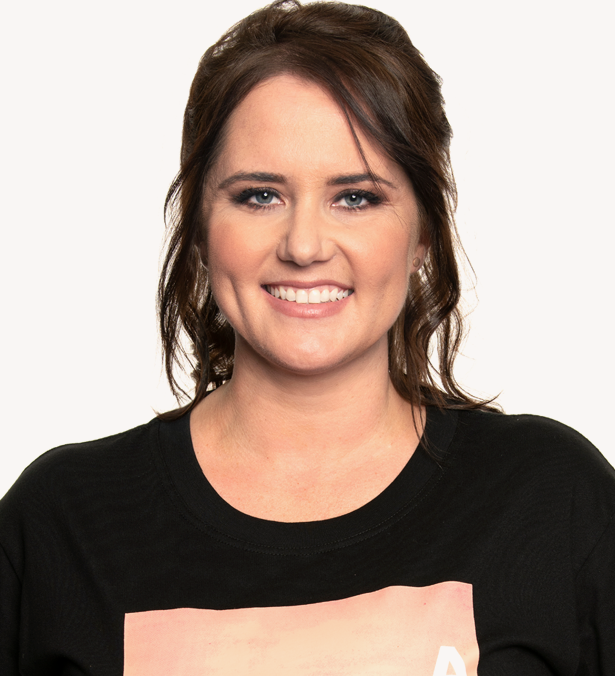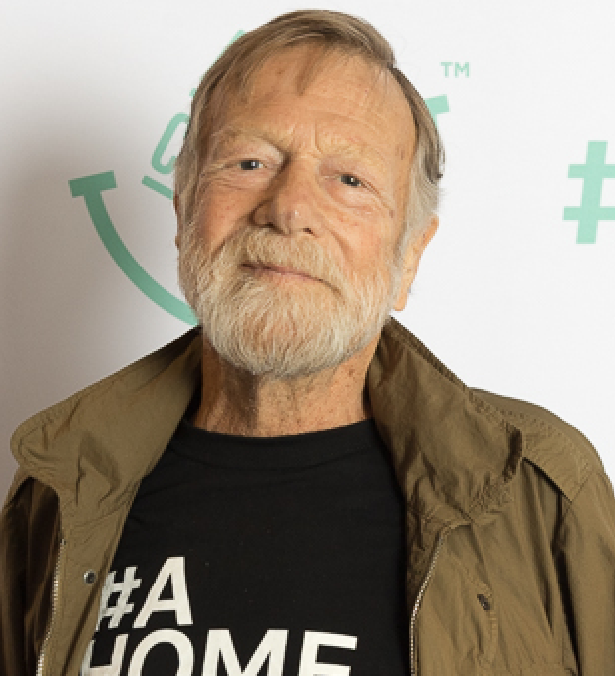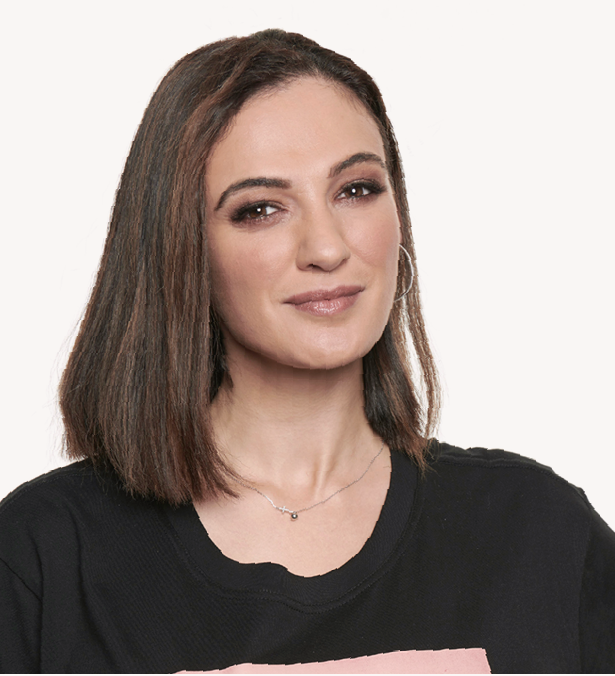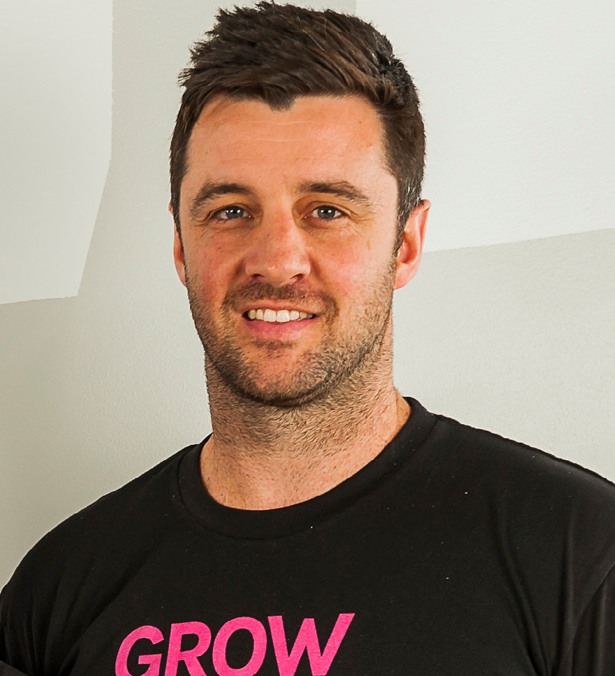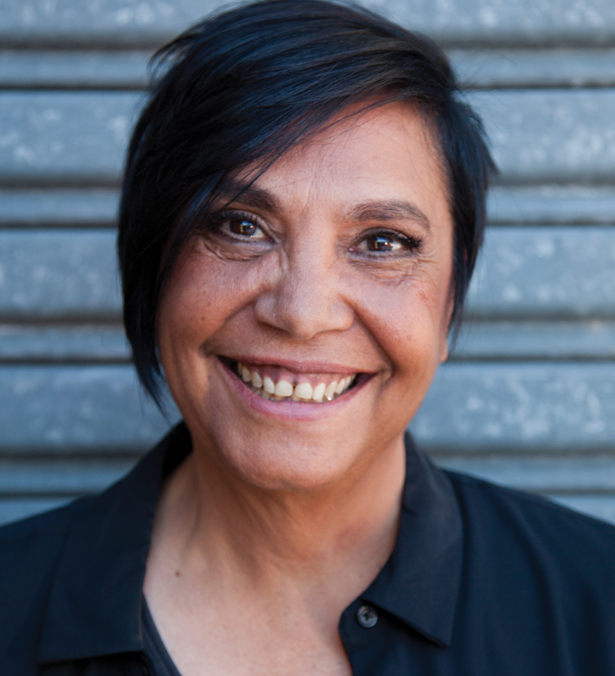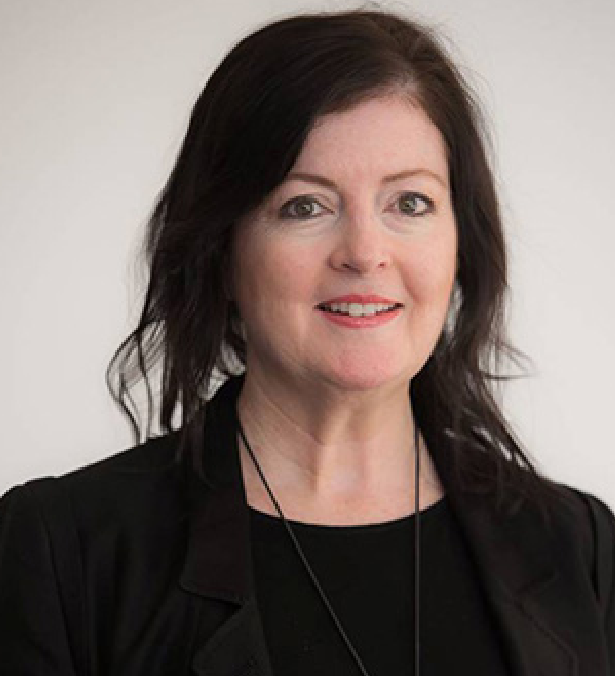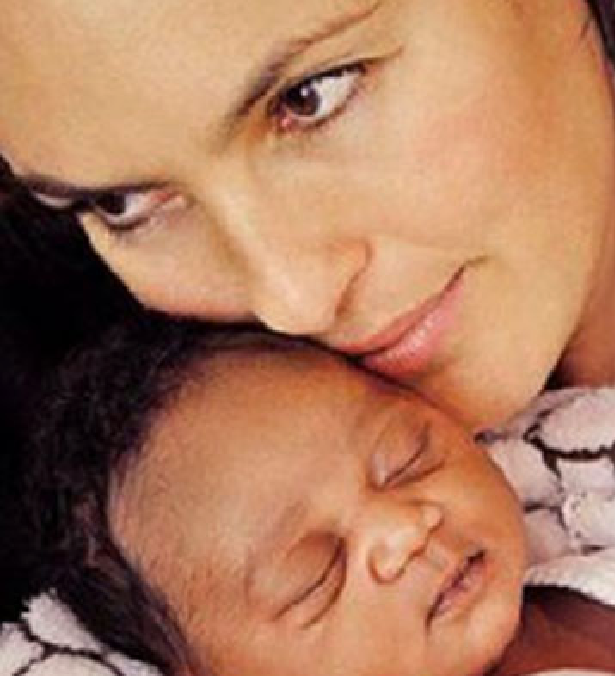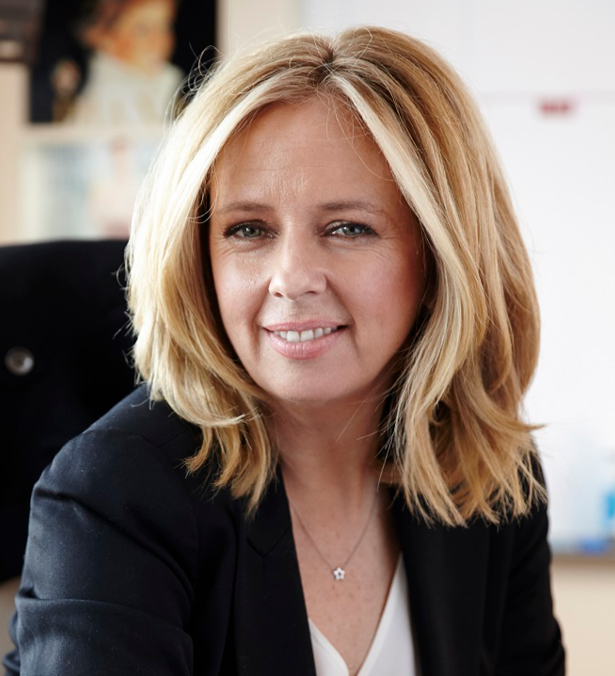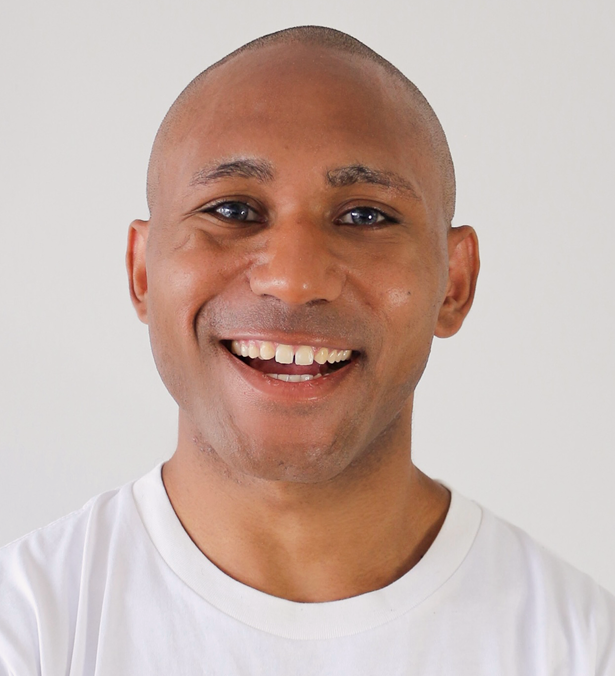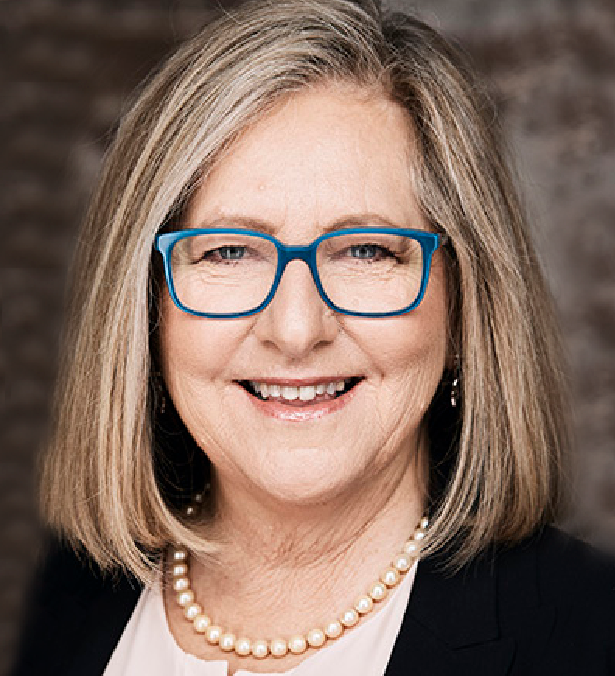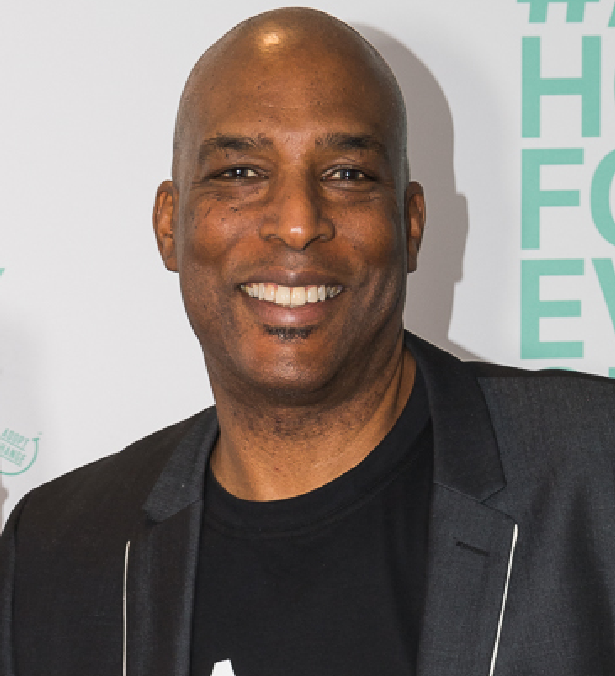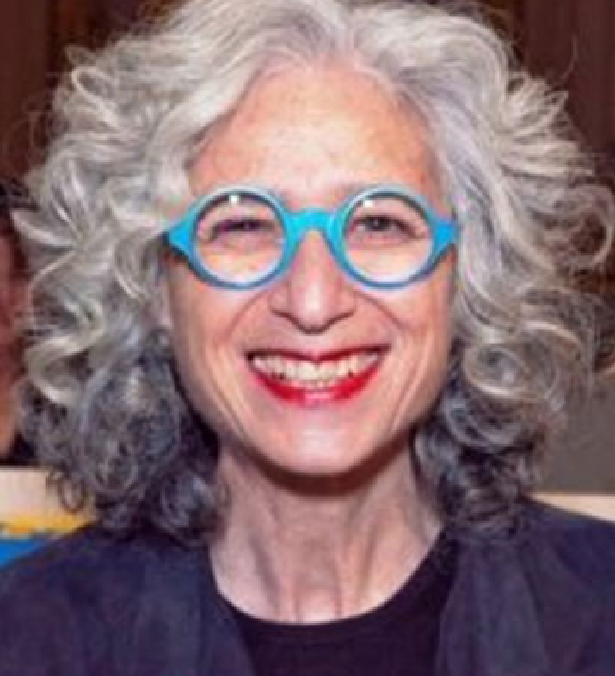Lost in a mire of paperwork
Kara was placed with Emma as a foster child at age 11*. Kara had been in the foster care system for some years and had had many placements and negative experiences in care. By the time she was placed with Emma, Kara had given up on ever having a permanent family. In spite of this, she felt at home with Emma and within a year of placement began asking to be adopted by Emma. The foster care agency was initially reluctant to support adoption because of Kara’s age and seemed suspicious of Kara’s request. Nonetheless, Kara continued to insist, and two years after her placement with Emma, processes towards adoption were initiated.
However, the process of adoption has been fraught with difficulty. Some of this difficulty is due to high staff turnover and the fact that there has been no one person who has been in charge of following the adoption process for Kara in the government agency. Rather, there have been four different contact points within the government agency and seven case workers within the private foster care agency since Kara first requested adoption. This meant that there were several occasions when paperwork went into the inbox of an individual who subsequently left, and no one followed up on it until Emma questioned where things were up to. In more than one instance documents were lost and had to be redone. Neither the government agency nor the private agency appeared to be very good at processing paperwork or working well together and the left hand has not known what the right hand is doing. For example Kara has been given two different versions and more than half a dozen copies of the booklet containing the mandatory adoption information for children consenting to their own adoption. And as time goes by, processes, systems and requirements change requiring changes and the redoing of paperwork. Sometimes documents remained relevant to the process but had to be redone (in some cases three or more times) simply because it was so long since they were created. Circumstances change with time also, and when Emma fostered Kara’s brother for a period, this necessitated restarting the whole adoption assessment. Despite the fact that all are in agreement that it is in Kara’s best interests that she be adopted by Emma, that Kara is of an age to be able to consent to her own adoption and that her birth parents have stated that they will not challenge her adoption, Kara’s adoption has been protracted and shambolic.
These delays and frustrations have had a cost for Kara. As she has grown older the importance of being adopted has only increased for her. She has a greater understanding of the legalities of being a foster child, the control that the foster care agency has over her life and the lifelong permanence of adoption. Despite the reality that Kara is nearly 18 and no one is going to move her, she retains a deep-seated fear of being moved. This fear is illogical but should be completely understandable to all given what Kara has experienced. The adoption is important to Emma but it is very, very important to Kara. She wants everything that comes with adoption. She wants to be a part of Emma’s family for the rest of her life, to share her surname and to be fully her daughter. When Emma asks her what she would like for her 18th birthday she says that she just wants to be adopted before she turns 18. Unfortunately, that appears unlikely. The adoption process has not been supportive of Kara as the child in need of protection and care.
Kara and Emma’s experience highlights how children can be totally lost in a mire of paperwork through the adoption process.
* Identifying details have been amended to allow for privacy of those involved

